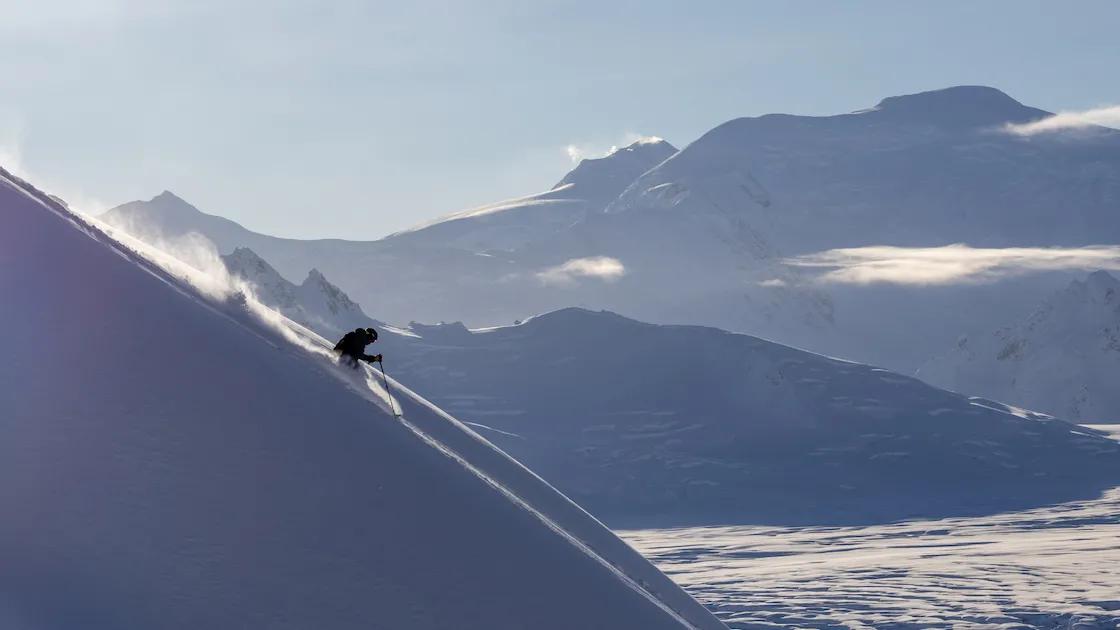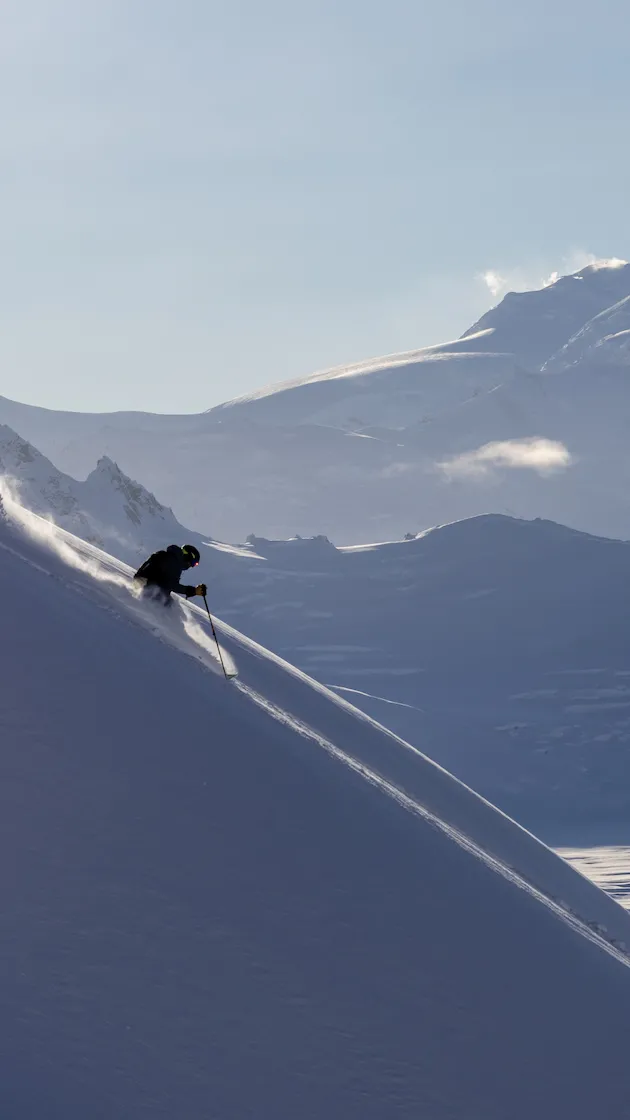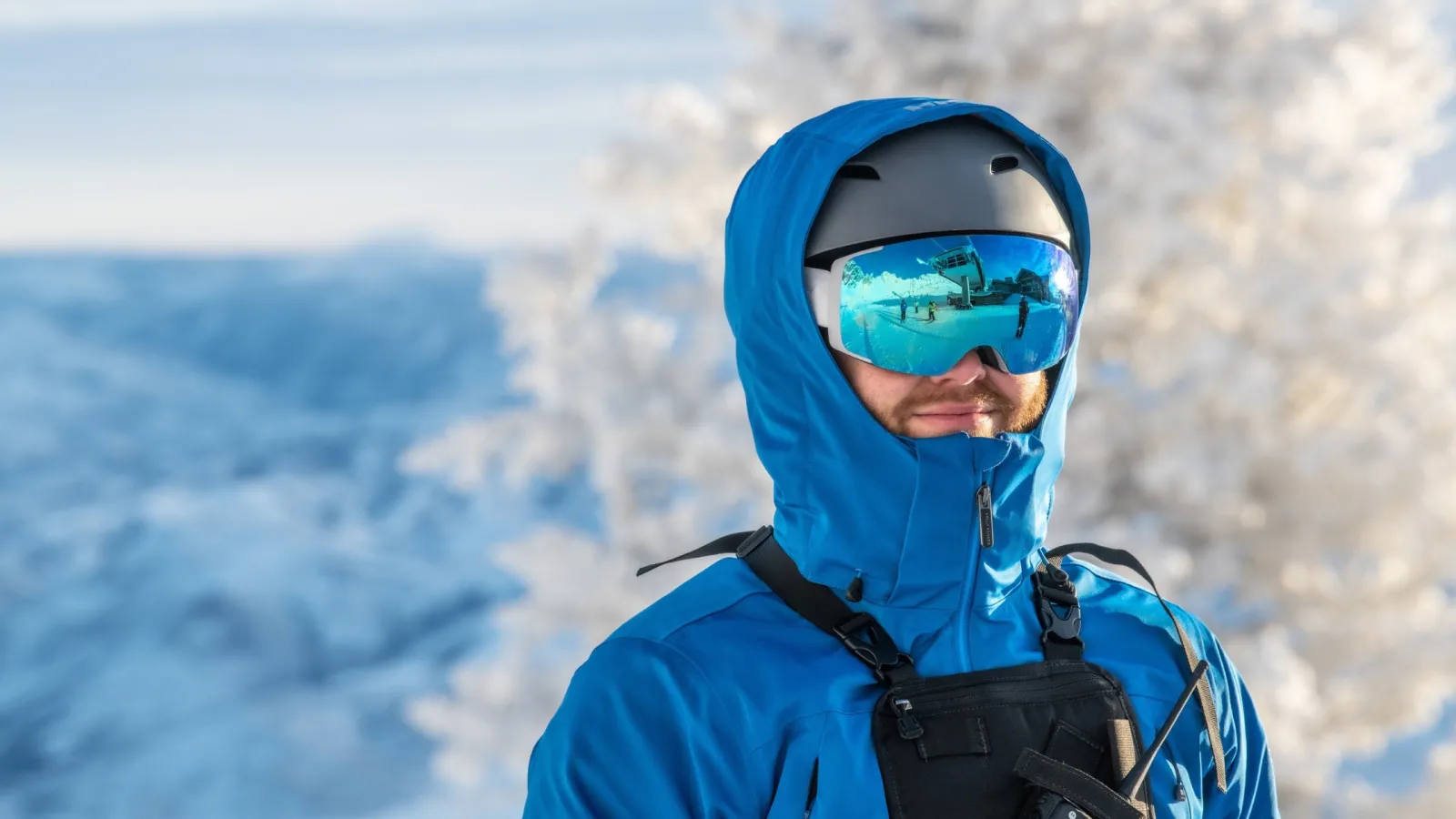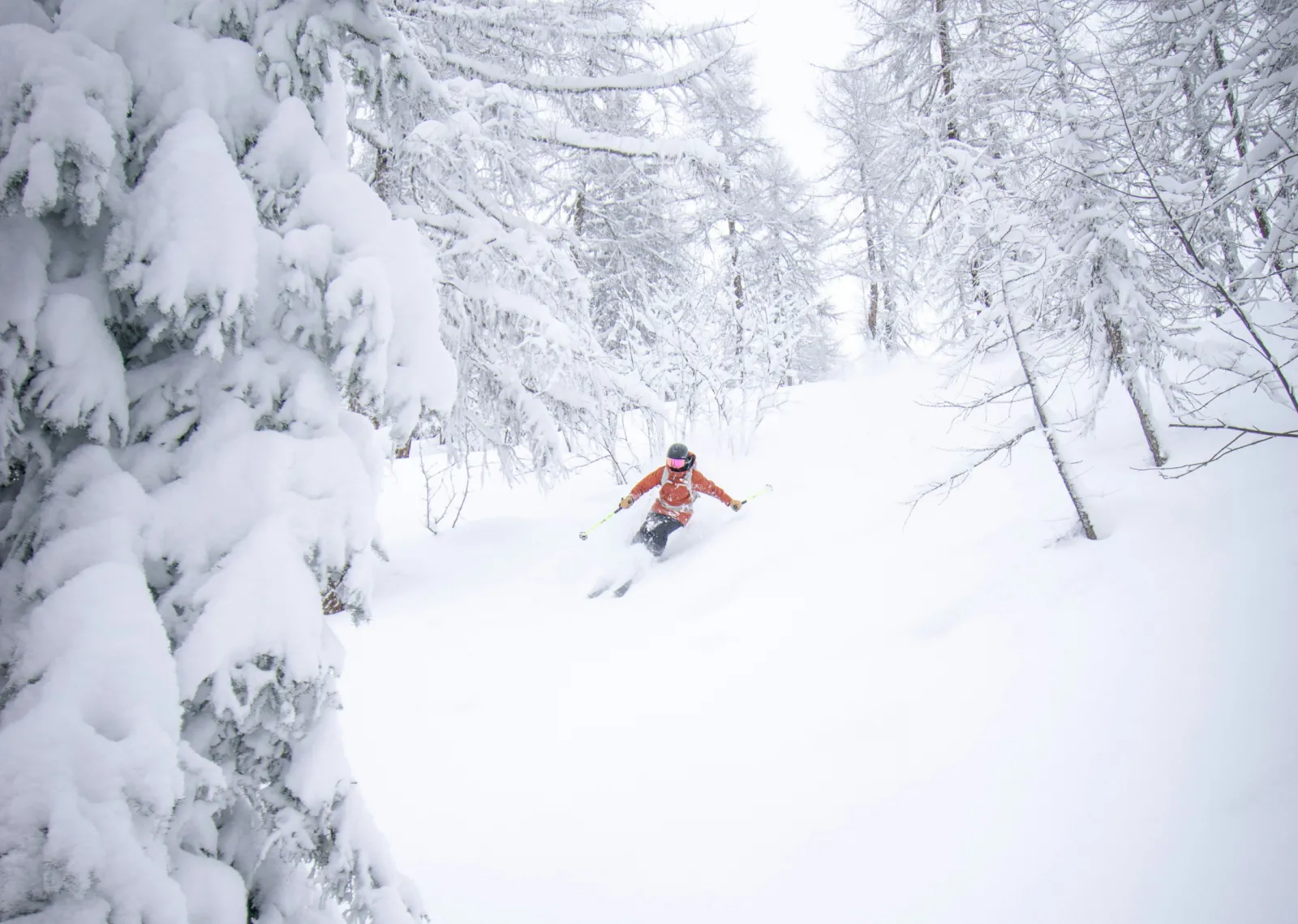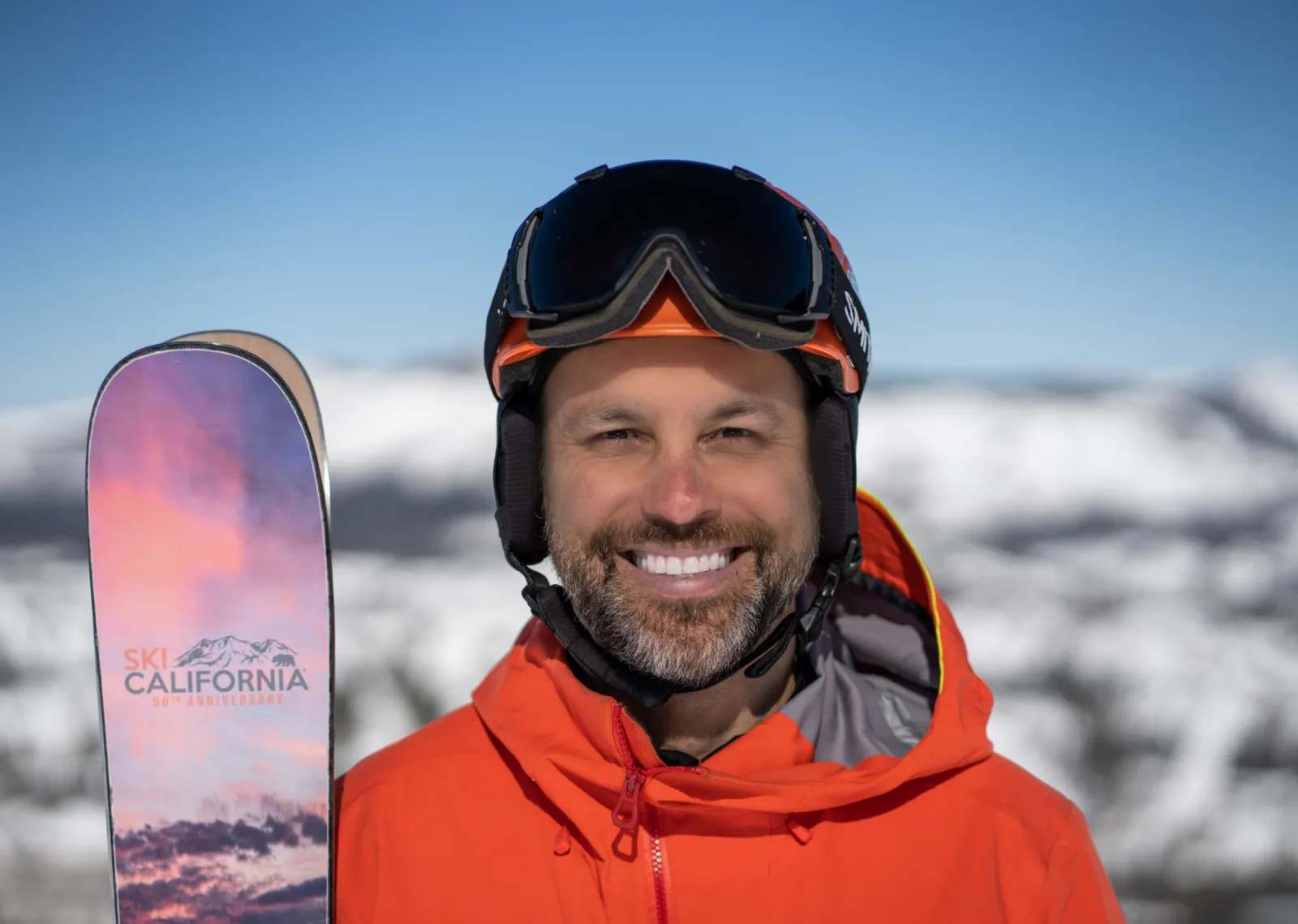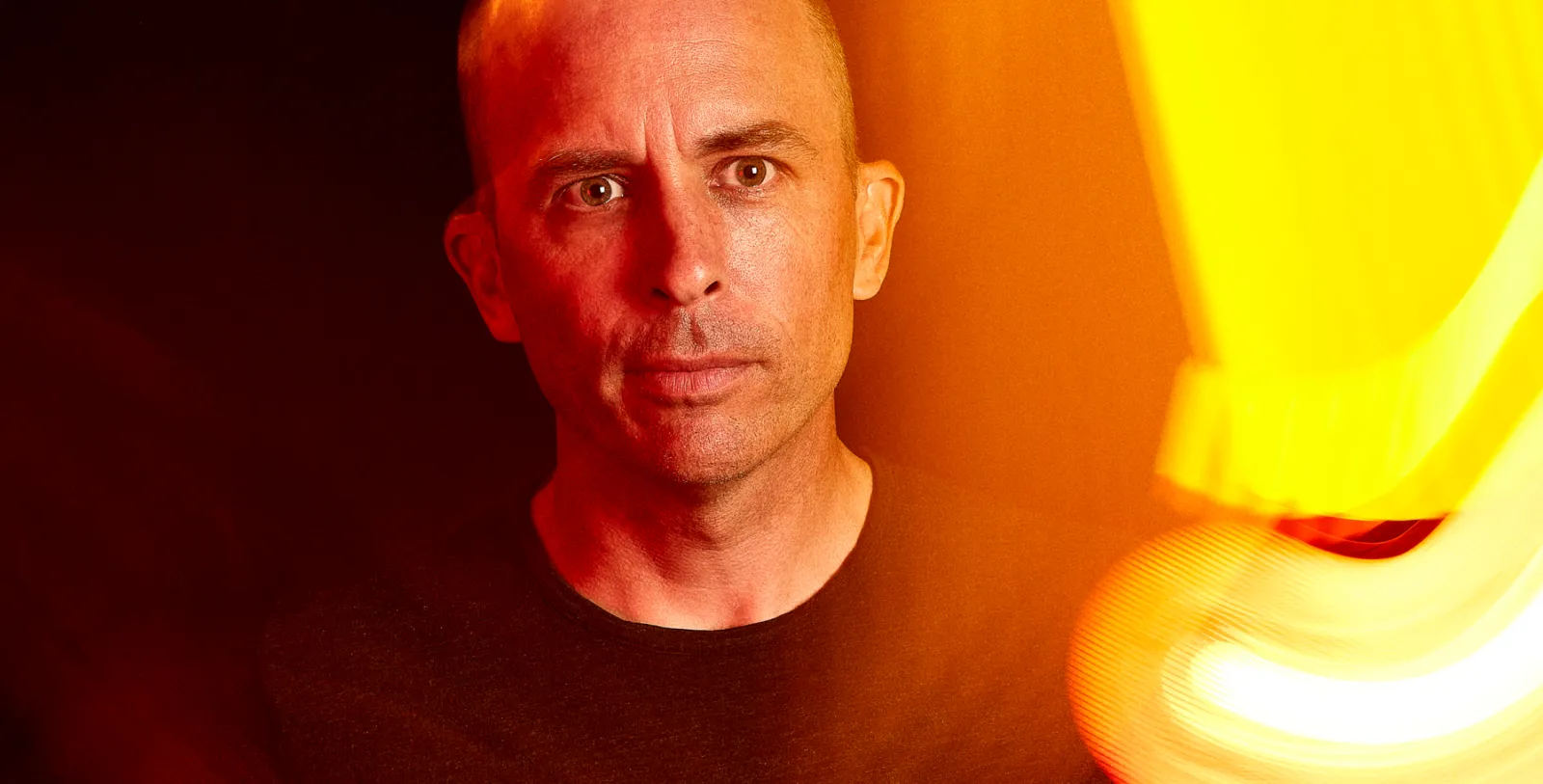How to design a ski resort
An interview with SE Group’s Chris Cushing
Chris Cushing has one of the coolest jobs imaginable. At the resort and community planning and design firm SE Group since 1985, he has spent the past 40 years assessing, planning, and designing ski areas worldwide, working on a total of more than 200 ski area projects on five continents. He’s been involved in innumerable major resort revitalizations and expansions, including Deer Valley, Utah, and Steamboat, Colorado.
Cushing comes from a strong background of resort planning. His father, Joe, led Sno.engineering (which became SE Group), in the 1960s and is widely considered an originator of modern mountain planning.
He was recently awarded NSAA’s Impact Award, which is a pretty big deal. We’re so grateful he said yes to answering a few of our burning questions.
Origin: How did you get started in this field and what were the early days like for you?
CC: My dad started with the company when I was two. When I was growing up, he was going to all these places designing ski areas and I thought that was so amazing. I went on a few field trips with him to lay out ski trails and thought he had the coolest job in the world. In college, I got a civil engineering degree and after I graduated, I came to Utah for a year to ski bum and got the call from my dad that they needed a junior engineer for snowmaking design and I applied for the position. I joined the snowmaking design team and got introduced to ski area operators and the challenges of running ski resorts (especially in New England). In 1987, one of our senior mountain planners left and an opening came up to help with ski planning and I started working on projects mostly in New England. We opened an office in Colorado and I moved there in 1993 and started doing more work in the West. We started doing a lot of work in Japan at that time. And that was my introduction to international work. The early projects in Japan were really fun - we were treated really well. To this day, if you ask me where I would go to rent a house anywhere in the world, I would say Japan.
Origin: When you look back at your early days in ski resort design, what core philosophy or belief has stayed with you throughout your career?
CC: It’s so important to understand the operations of the resort. The interaction with the resort operators, owners and managers has always been a key part of our work, understanding their vision and goals for the resort. Bouncing ideas off them and collaborating with them is critical. They know their mountains better than we do. It’s been my philosophy to value the input from the operators.
Origin: What is one unexpected lesson you've learned from working in mountain environments around the world — something no design textbook could have prepared you for?
CC: The complexity. No one project is the same. The obstacles presented are all different and you can’t foresee what they're going to be. To get projects planned, designed and built takes so much input and has so many variables (permitting, financial, logistics) so it’s important to go into projects with an open mind and be ready for anything. Not having any expectations on how it’s going to turn out or what you might come up against.
Origin: Ski resorts today serve a broader audience than ever before. How has your approach to design evolved to reflect changes in demographics, climate realities, and year-round use
CC: Snowboarding had a big influence on the type of terrain we were looking at. The steepness of the trail has to be taken into consideration. Recently, the big change in ski planning is the whole movement towards off piste and tree skiing, and that’s taken the pressure off the more groomed and maintained trails. But what the core skier group (intermediate blue skiers) likes really hasn’t changed much. The big thing back in the 80’s and 90’s was “summer grooming,” creating flat, wide, groomer cruiser trails that are still the most popular trails at most resorts. Trail grooming has become even more important today with less predictable snowfall. If the trail is smooth, it doesn’t take as much snow to cover it. That’s something we commonly retrofit at ski areas now - leveling out the trails so less snow coverage is required.
Origin: What design challenge has pushed you the most creatively, and how did you resolve it?
CC: When we design ski areas, the first thing we think about is beginner skiers: how to get them the best experience on the mountain and get them to as many places as possible. That’s challenging because you have to build a trail that is low gradient. There are physical challenges like steep side slopes, drainages, rock outcroppings, and that kind of thing. At Steamboat when we were doing the Pony Express Lift, it was a beautiful pod of tree skiing with a bowl at top but it funneled together into what we called The Crux. Everything funnelled into this narrow, rocky terrain. We couldn’t NOT develop it for skiing – the rest of the terrain was so good – but we had to get really creative to work around the rock and a nearby wetland. We had to come up with a way of configuring the trail so that it would accommodate the volume of skiers that would go through there. It worked but it’s a crux.
Origin: As someone who's been immersed in resort development, how do you reconcile growth with stewardship of the natural environment?
CC: Skier visits are growing. Ski areas are getting more crowded, along with the regions around the country where the skiing is concentrated. Salt Lake City, Summit County, the Pacific Northwest - there are areas with a high concentration of skiing. Keeping skiing focused in those areas can help but on the other hand, there are lots of opportunities at smaller areas in places like Montana and Wyoming. Those smaller areas are actually doing things like adding lifts and absorbing some of the skier growth and demand that’s out there. That is great. Smaller ski areas are doing better now, having the ability to improve the guest experience. It’s a combination of bigger areas doing what is necessary for the growth and to provide the visitation but also recognizing there are a lot of gems out there that provide an amazing alternative.
As far as climate change, in a lot of the planning we do, we recognize that it’s good to have higher elevation opportunities and configure the lifts so upper portions of the mountain can stay open. We see it a lot in Europe where they are setting the standard for responding to climate change. Anything below 2,000 meters isn’t working for them anymore, and there’s a need for gondolas and tramways to get skiers to higher elevations where the snow is.
Of course, snowmaking is more and more critical. It’s a good solution and I’ve championed that you’re not taking the water, you’re just borrowing it. The water will evaporate to some degree but it’s not all lost.
Origin: When future generations ride a lift or explore a trail you helped design, what do you hope they feel or notice?
CC: It should be intuitive where you go and how you get around. But there also has to be an element of discovery. For example, if a ski trail just goes straight down and you can see the bottom from the top, that is not exciting. But if you can see a pitch and then it goes around a corner, it’s a lot more fun. That is fundamental to design.
When Deer Valley East opened, I was there on day one and was skiing onto the lift and there was a guy with his two kids and the kids were laughing “dad, that was so much fun, I can’t wait to do that again!” That is the ultimate reward. The goal is to give people the opportunity to really have fun outside and experience the joy of sliding on snow.
Origin: You’ve visited ski resorts all over the world — is there one run or chairlift that’s burned into your memory for all the right (or wrong!) reasons?
CC: There are so many good ones but at Revelstoke there is a run called Devil’s Club. It starts at the top of the highest lift and it’s got turns and rolls and I’m not sure if it's blue or black but I love it. I grew up skiing in the east so I enjoy groomed trails and carving turns. That trail is really exceptional, it’s straight down the fall line all the way, it’s consistent and it’s a leg burner. The view is magical looking down at the river. That one is in the top five for sure.
Origin: Is there anything else you want to share?
CC: I just love seeing people enjoy the slopes we design. That’s a big one. The other one is seeing the folks I’ve been working with become just as good at this as my dad and others - that is a great part of the work.
